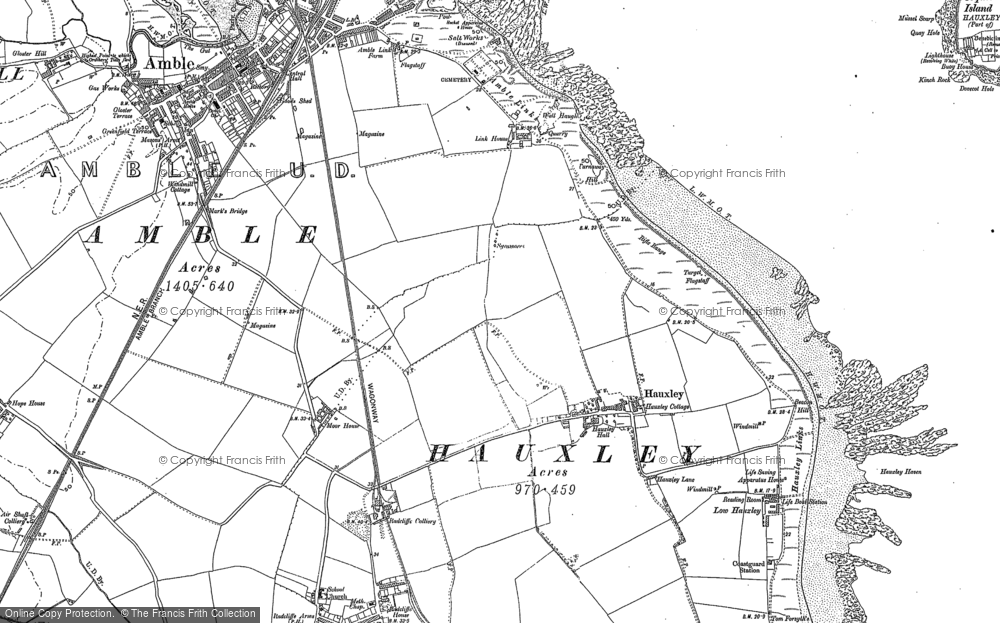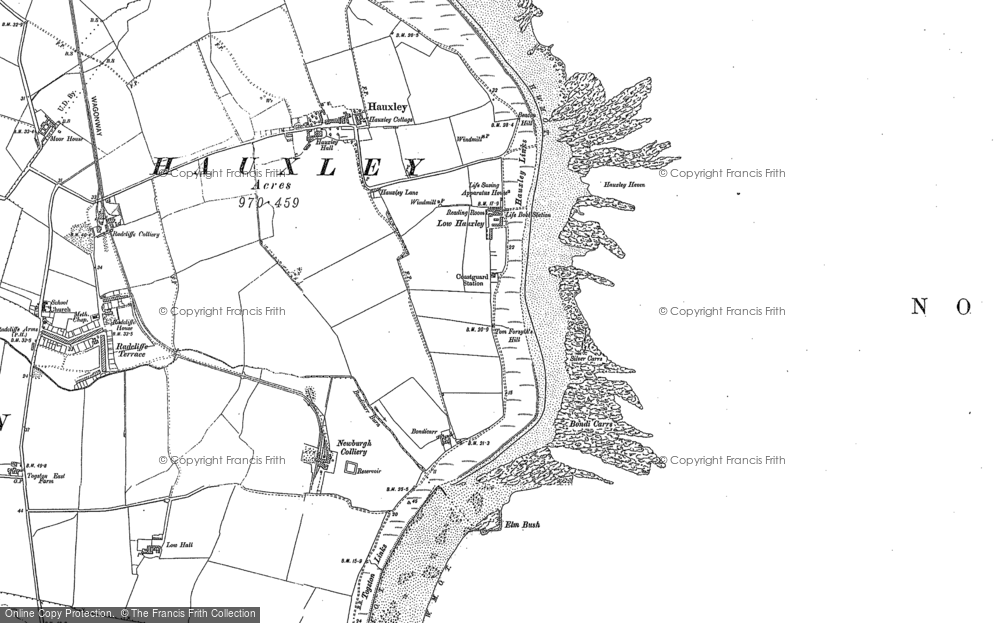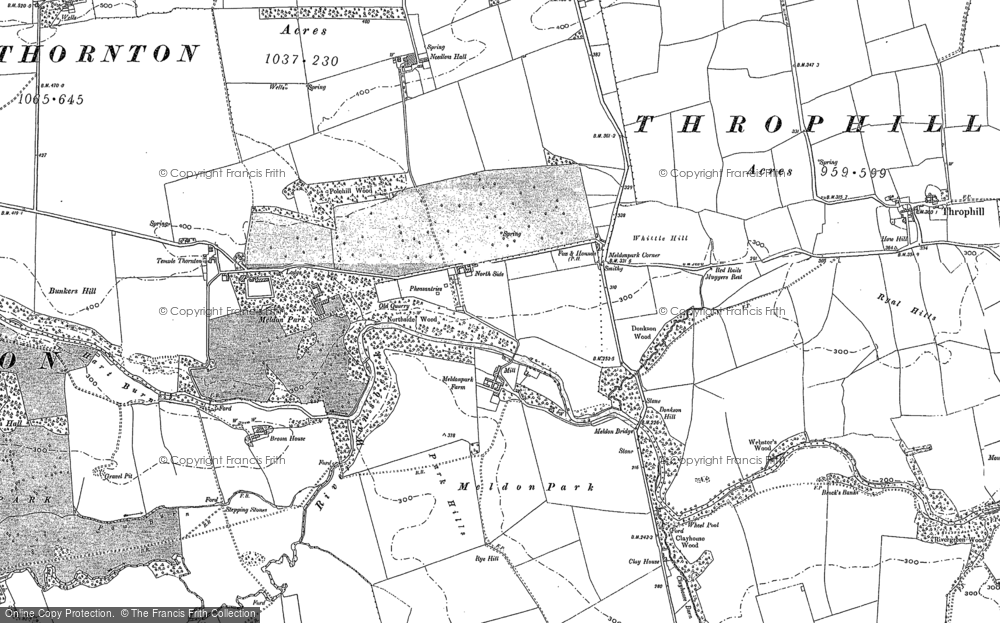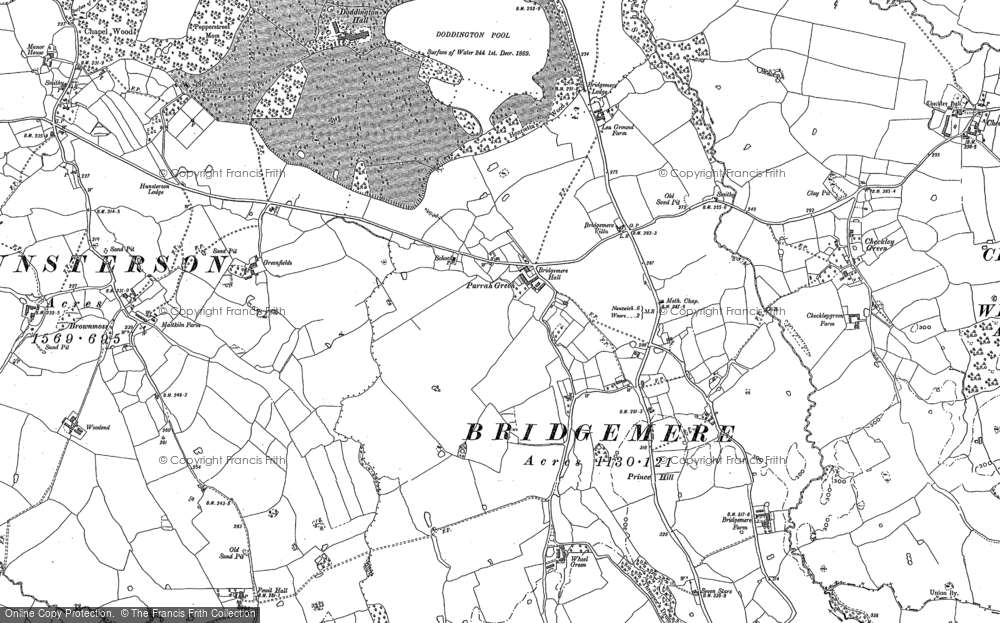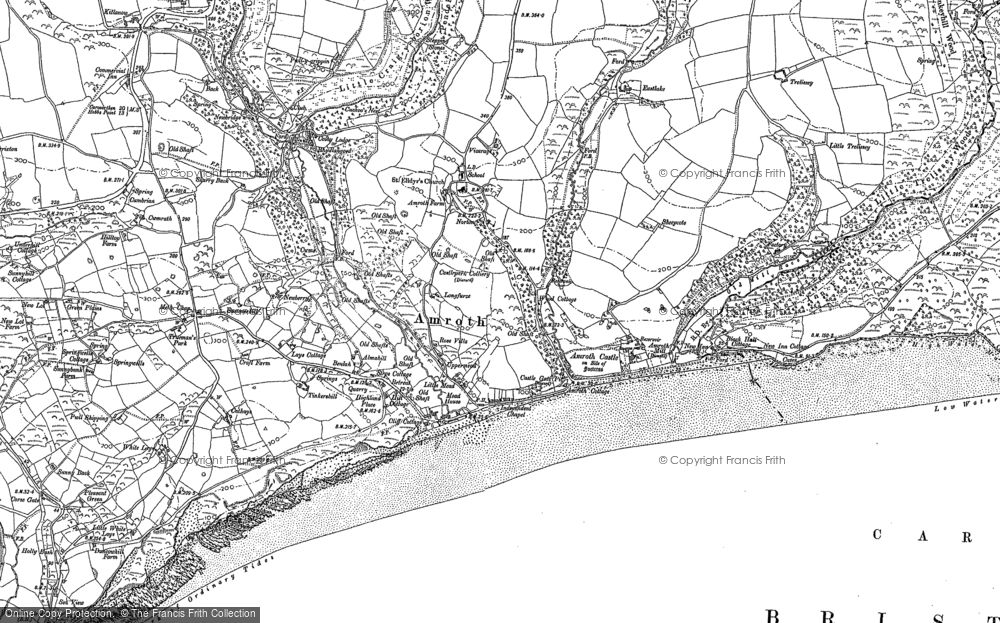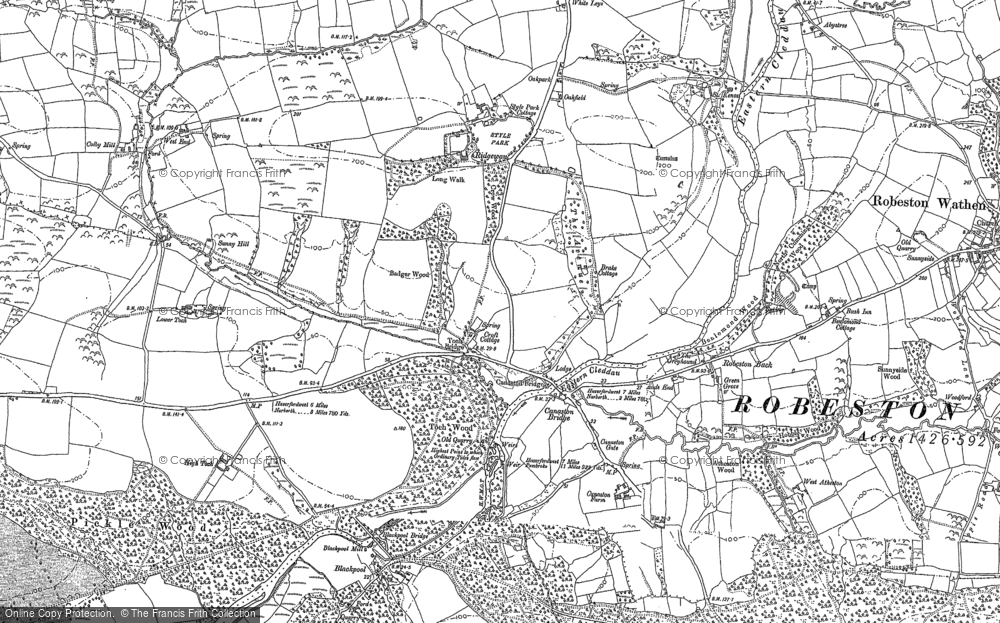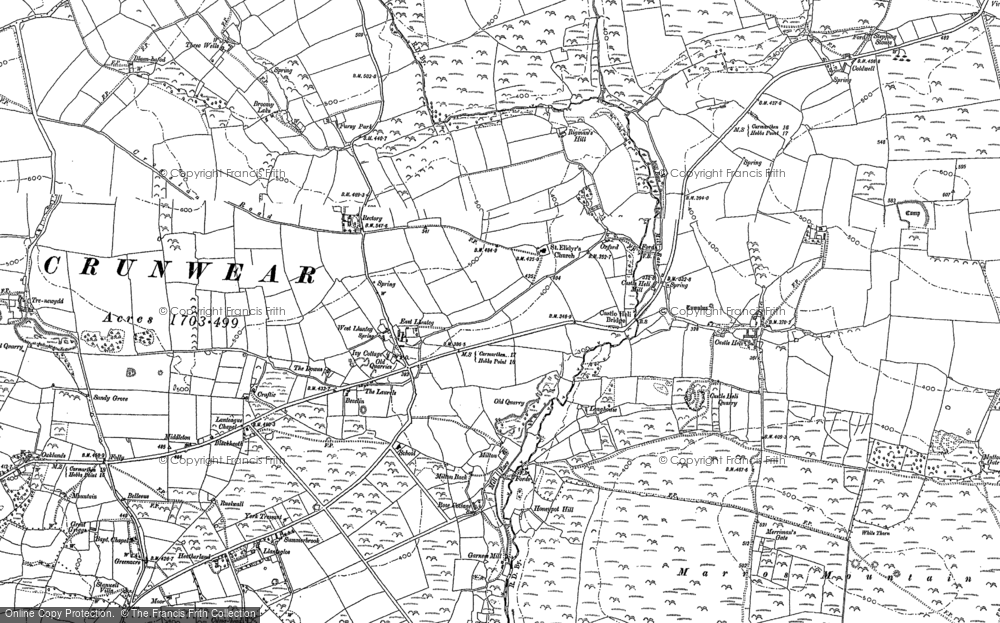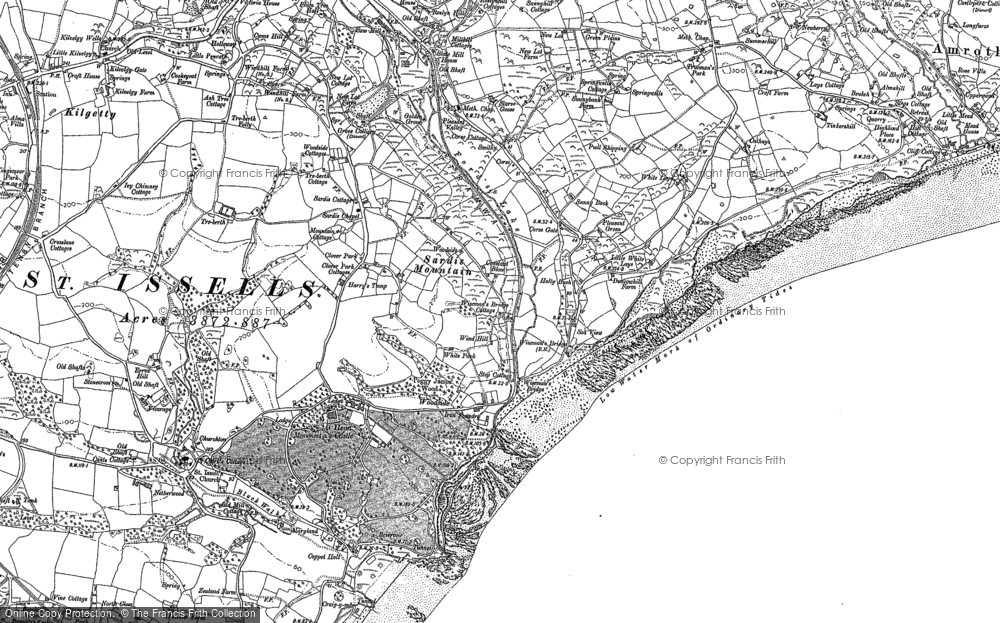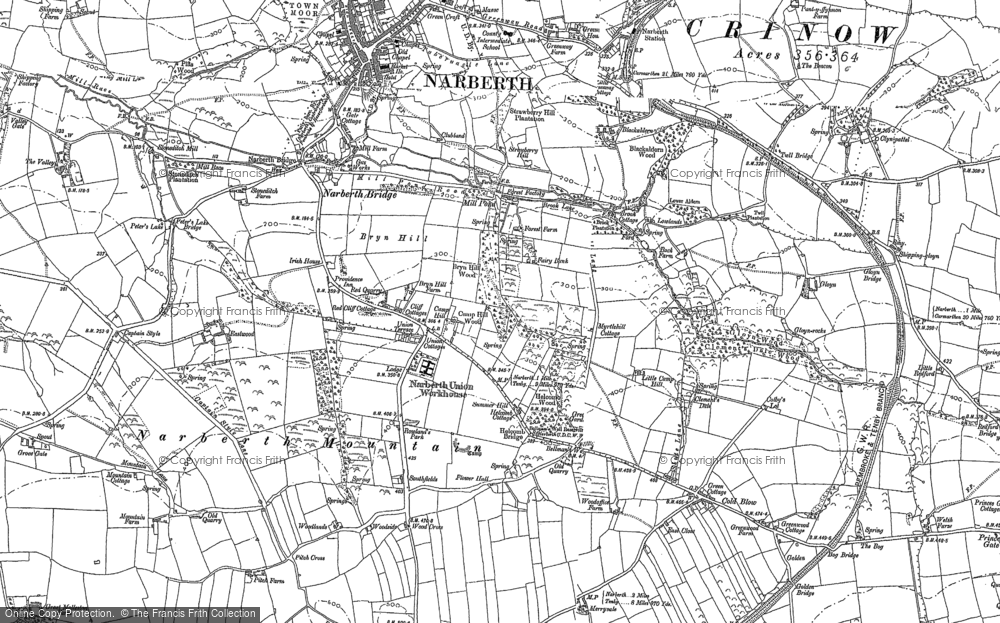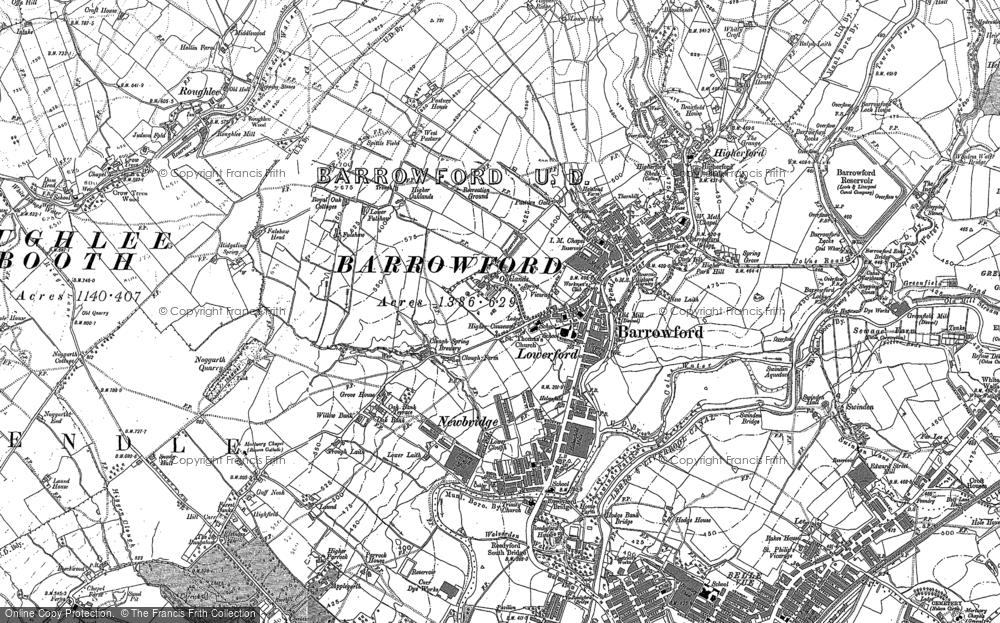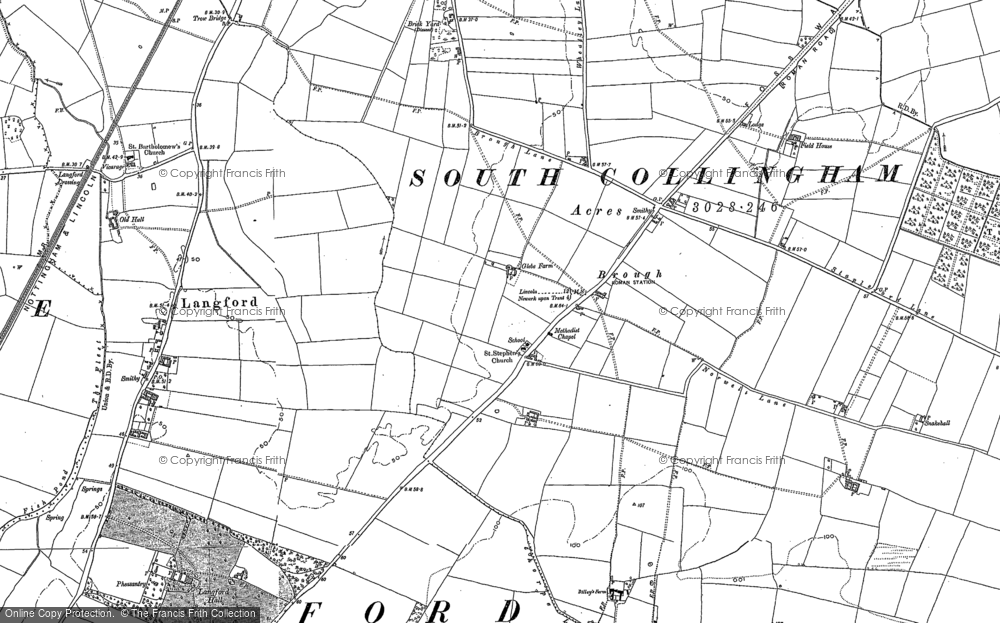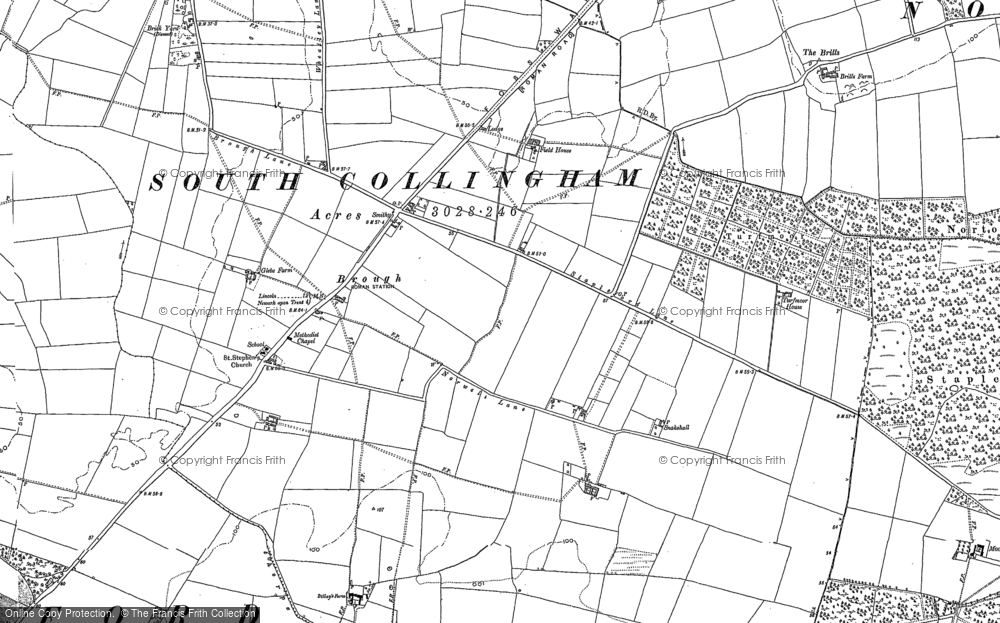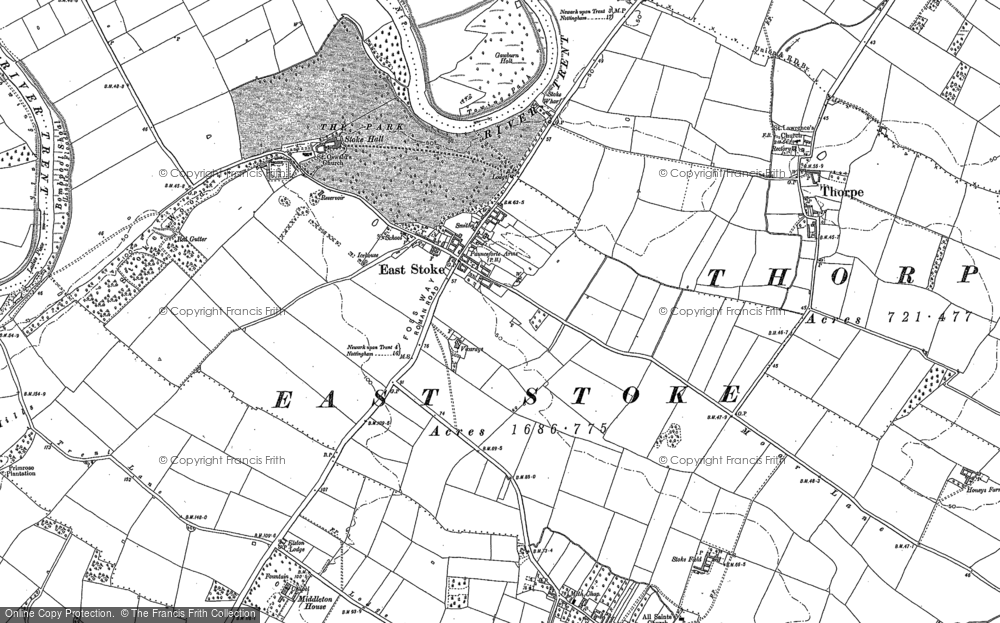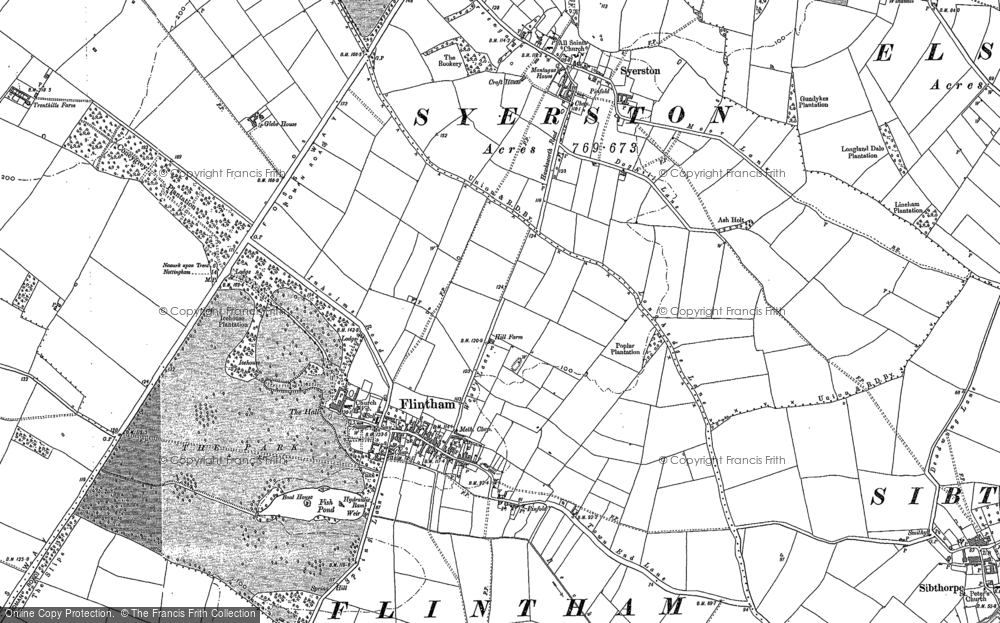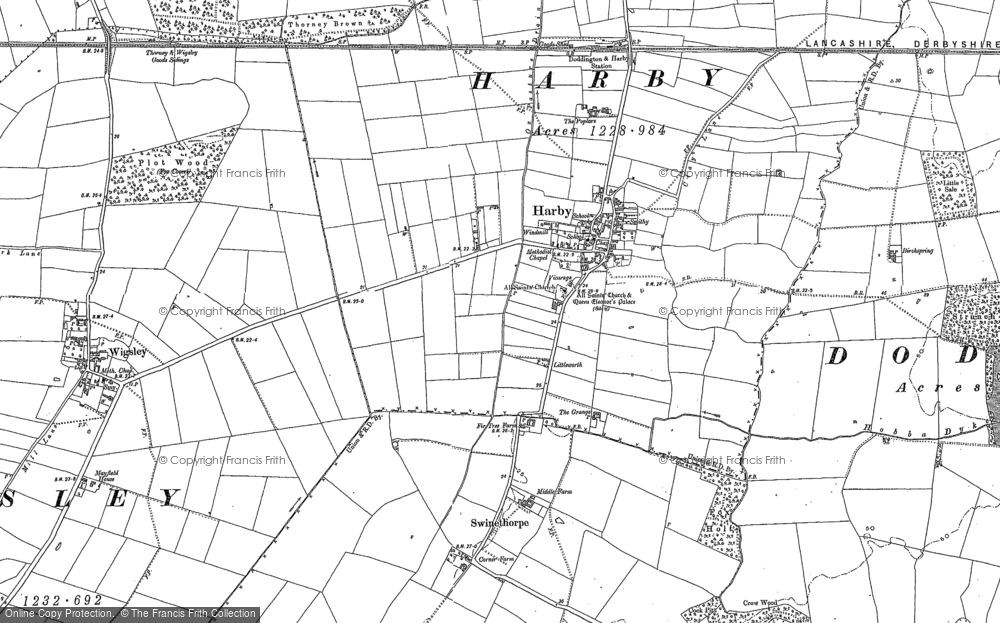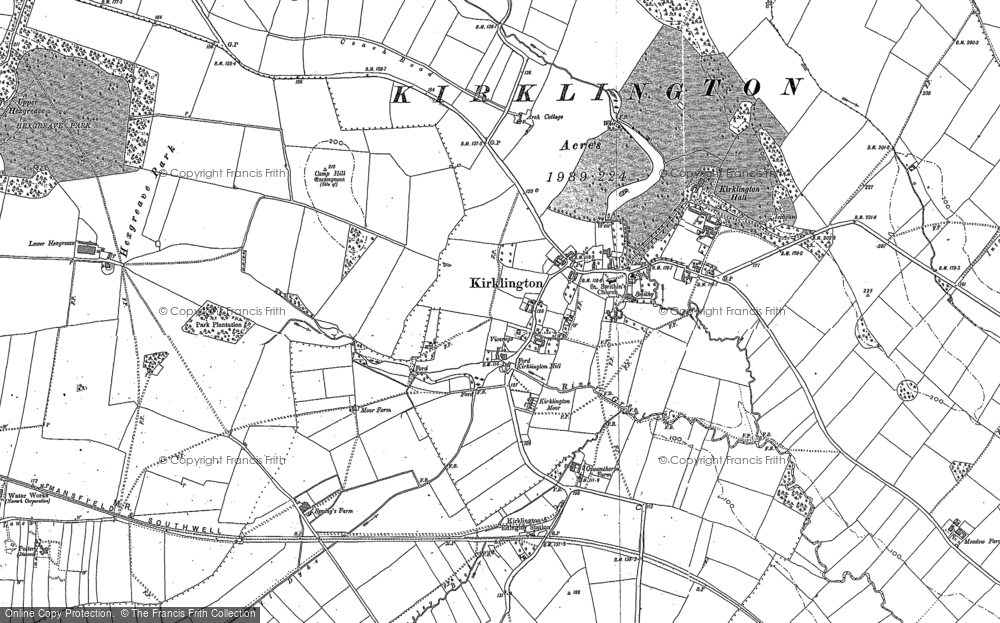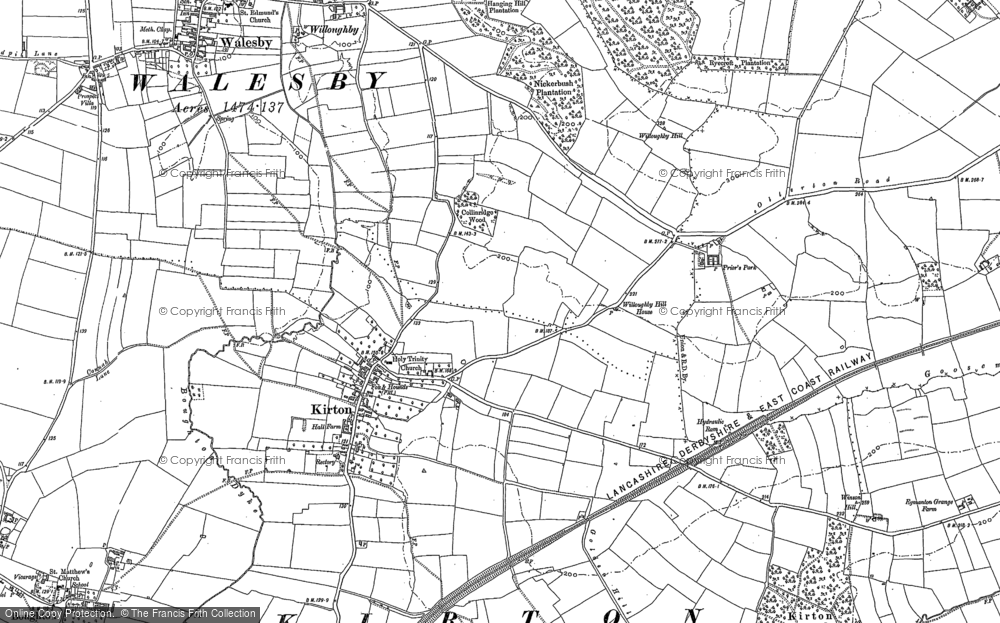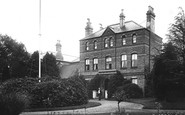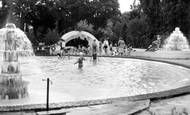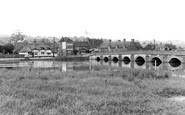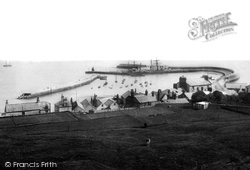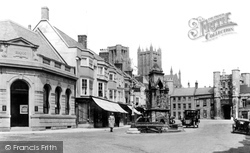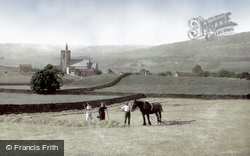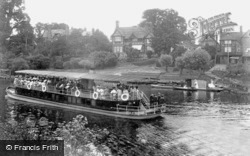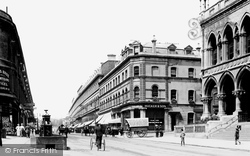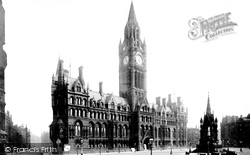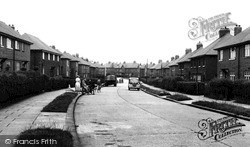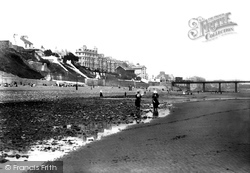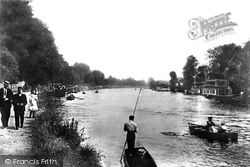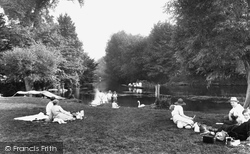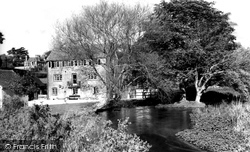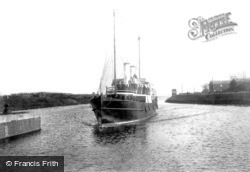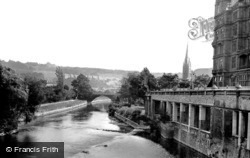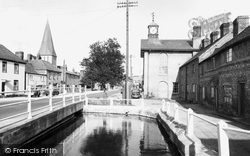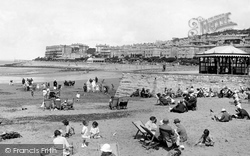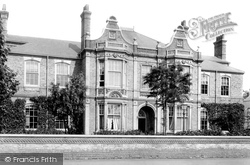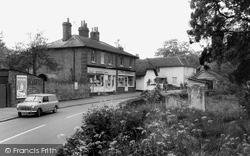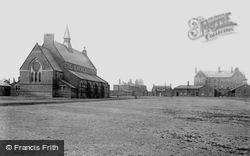Places
36 places found.
Those places high-lighted have photos. All locations may have maps, books and memories.
- Shanklin, Isle of Wight
- Ventnor, Isle of Wight
- Ryde, Isle of Wight
- Cowes, Isle of Wight
- Sandown, Isle of Wight
- Port of Ness, Western Isles
- London, Greater London
- Cambridge, Cambridgeshire
- Dublin, Republic of Ireland
- Killarney, Republic of Ireland
- Douglas, Isle of Man
- Plymouth, Devon
- Newport, Isle of Wight
- Southwold, Suffolk
- Bristol, Avon
- Lowestoft, Suffolk
- Cromer, Norfolk
- Edinburgh, Lothian
- Maldon, Essex
- Clacton-On-Sea, Essex
- Norwich, Norfolk
- Felixstowe, Suffolk
- Hitchin, Hertfordshire
- Stevenage, Hertfordshire
- Colchester, Essex
- Nottingham, Nottinghamshire
- Bedford, Bedfordshire
- Bury St Edmunds, Suffolk
- Aldeburgh, Suffolk
- St Albans, Hertfordshire
- Hunstanton, Norfolk
- Chelmsford, Essex
- Bishop's Stortford, Hertfordshire
- Peterborough, Cambridgeshire
- Brentwood, Essex
- Glengarriff, Republic of Ireland
Photos
9,106 photos found. Showing results 14,841 to 9,106.
Maps
181,006 maps found.
Books
11 books found. Showing results 17,809 to 11.
Memories
29,052 memories found. Showing results 7,421 to 7,430.
Middle Rainton Part 2
enjoyed a drink (bottled Guinness) at both “The Travellers’” and “The Tavern” almost daily throughout his life. In fact he is still remembered for his love of dominoes. To this day if someone plays double 3, the call is ...Read more
A memory of Middle Rainton by
Middle Rainton Part 4
Pathways were made up of compressed dirt, West Street (facing West Rainton), Back Row (facing the Meadow’s Pit), Lewis Street running parallel with Back Row) and Cross Street running parallel with West Street). Krone ...Read more
A memory of Middle Rainton in 1940 by
Middle Ainton Part 5
Nearly every house had an outside brick coal shed, as this was the only method of heating and cooking. Most houses had a short set of about 2-3 steps in the middle due to the slope of the land they were built on, ...Read more
A memory of Middle Rainton in 1940 by
Many Years Ago
I clearly remember those buildings by Hayden Hall. I used to live at the bottom of Wiltshire Lane next to the Woodman pub and the park opposite was my playground for a good few years. All that open space and the woods ...Read more
A memory of Eastcote by
The Fun I Had And Remember Barry Evans Well
My mam and dad split up and I was sent to Bisley. At first I was hard to get used to but I made a lot of friends. My first house was Trojans then went up to Ironsides. Barry Evans told us stories that he ...Read more
A memory of Bisley by
Salford 1967 1972
Hi, I lived at 20 Todd Street, Higher Broughton, Salford for 5 years. I left when I was 7. Went to St Thomas School, don't remember too much of school. Made my holy communion there. Remember going to Heaton and Manley Park and ...Read more
A memory of Salford in 1970 by
Irlams O'th'height
I lived on Acresfield Road and went to Summerville School then on to Pendleton High Sch. I have very happy memories of living in Salford and can remember long days in Light Oaks and Oakwood Park...stopping off for vimto, ...Read more
A memory of Trafford Park in 1970 by
War Years Changed Everthing
I was one year old when WW2 began - in 1938. Most of my visual memories stem from that time. I remember, without any facts to support them, the large white house that stood in the grounds of Waitrose Car Park and was in ...Read more
A memory of Barnet in 1949 by
Martins Swimming Pool.
I remember Martins swimmimg pool well, in Milton Road, Wokingham, just up from the Baptist Sunday school I went to. They had caves that the girls and boys changed in when they went with the school for swimming lessons,the cup ...Read more
A memory of Wokingham
Evacuee Nee Joan Waddington
I am now an 82 years old great grandmother and I have lived in Australia for many years. My family lived in Coventry, and when I was 12 my sister and brother and I were evacuated to Polesworth. At first the billeting ...Read more
A memory of Polesworth in 1943 by
Your search returned a large number of results. Please try to refine your search further.
Captions
29,158 captions found. Showing results 17,809 to 17,832.
The picture is from the terraced Tennis Grounds; by Victorian times these were the town's main exercise area, after bowling fell out of favour and golf courses had yet to be constructed.
A fire engine house stood at the entrance to Gadebridge, and a new Fire Station was built on the site in 1905. The building, part of a pseudo-Tudor block, still stands in Queensway.
The London Joint City and Midland Bank (established 1836), now the HSBC bank, occupies the site of No 1 the Market Place - the original site dates from 1260.
At first, Basildon's schools were insufficient to house the surge of New Towners. For some of the primary-age children, there were places in existing schools at Vange and Pitsea.
Basildon's first shop opened in Market Pavement on 16 August 1958. It was the premises of Allan Henbest, a tailor and outfitter, formerly of Laindon High Road.
Mechanisation might well have reached market traders, but down on the farm things were different. Here a sled is being put to good use during haymaking near Hawes.
Henry Blogg, coxwain of the 'Louisa Heartwell', pictured here, was the most decorated lifeboat man in Britain, earning three gold and four silver medals, the George Cross, and the British Empire medal
Here we see one of the many pleasure steamers that used to ply on the river Severn in the Worcester area.
Queens Road, at the top of Park Street, was chosen as the site for both the City Art Gallery and the City Museum.
Costing over £130,000 to build and opened in July 1864, the Assize Court was a blend of Early English and Victorian Gothic.
The Town Hall covered a site of nearly two acres; building began in 1868 and was completed in 1877 at a cost of about £1million.
Manor Road would not win any architectural awards; in fact, the picture could have been taken in any one of a hundred or so towns where similar houses were built.
Though the shore to the south of Ramsey is rocky, a stroll along it at low tide was a popular Victorian way of taking some gentle exercise.
The corner of Eastgate Street and Bridge Street. The buildings are from the Victorian half-timber revival period, designed by T M Lockwood in 1888. This area of the city is known as The Cross.
A little further downstream, just through the railway bridge, the view down river from the Staines bank has changed; now there is extensive housing development on both banks, much fortunately still hidden
This view is from Odney Common, an island along the north side of one of the channels, here named Lulle Brook. This view south is little changed, apart from a footbridge in the middle distance.
Izaak Walton fished here in the Meon, reflecting that the valley 'exceeds all England for swift, shallow, clear, pleasant brooks and store of trout'.
The 'Fairy Queen', a passenger-carrying vessel, is seen on the Manchester Ship Canal during the early months after its opening.
Bath is, architecturally speaking, one of England's greatest cities.
At this waterway, 30 or 40 brown trout often swim under the ducks.
In the far distance on the left you can just glimpse the low-water westward jetty of Birnbeck Pier. This was built so that steamers could berth at all states of the tide.
A Free Dispensary for the poor had been set up at the rear of the churchyard in 1818, but there was an increasing need for better facilities, and the Infirmary & Dispensary was built in New
The Mini van heralds the height of the 'swinging 60s'.
Gone from here are the men, horses, buildings and stables of the Royal Dragoon Guards. The site is now the Divisional Headquarters of the North Yorkshire Police.
Places (6814)
Photos (9106)
Memories (29052)
Books (11)
Maps (181006)





